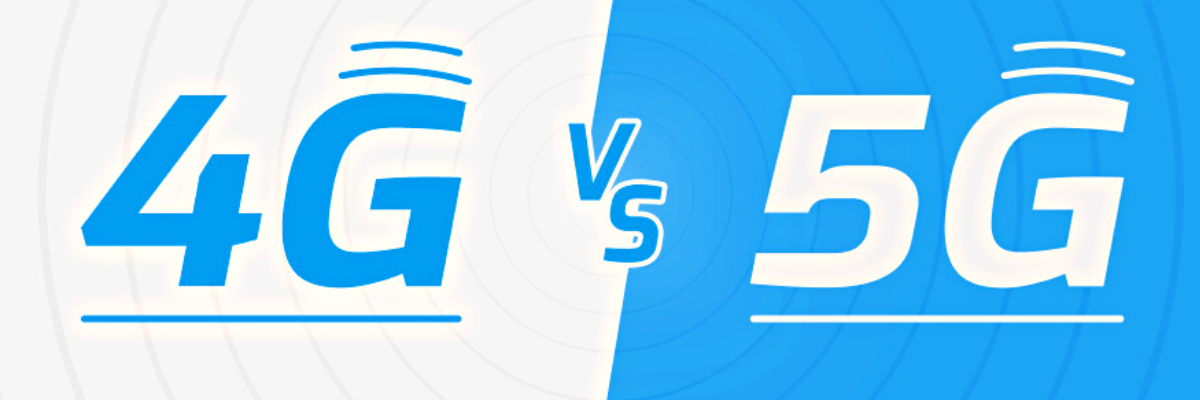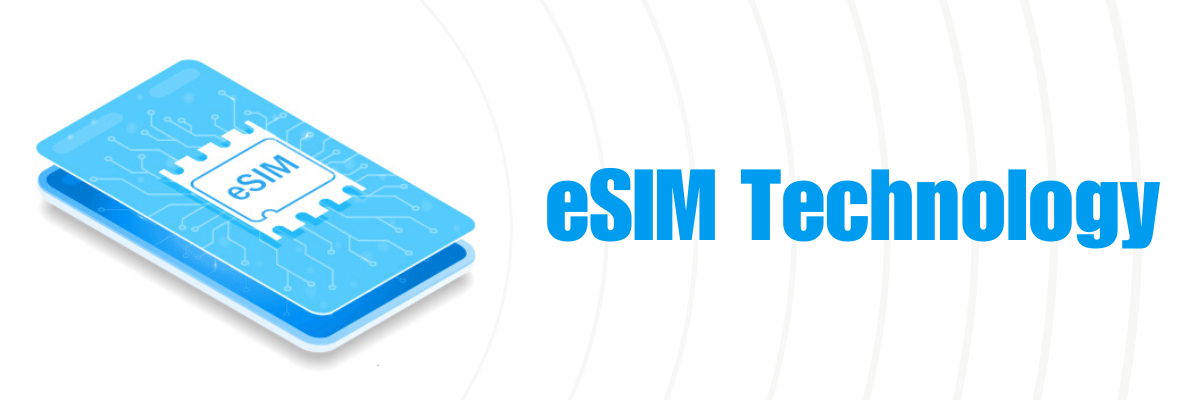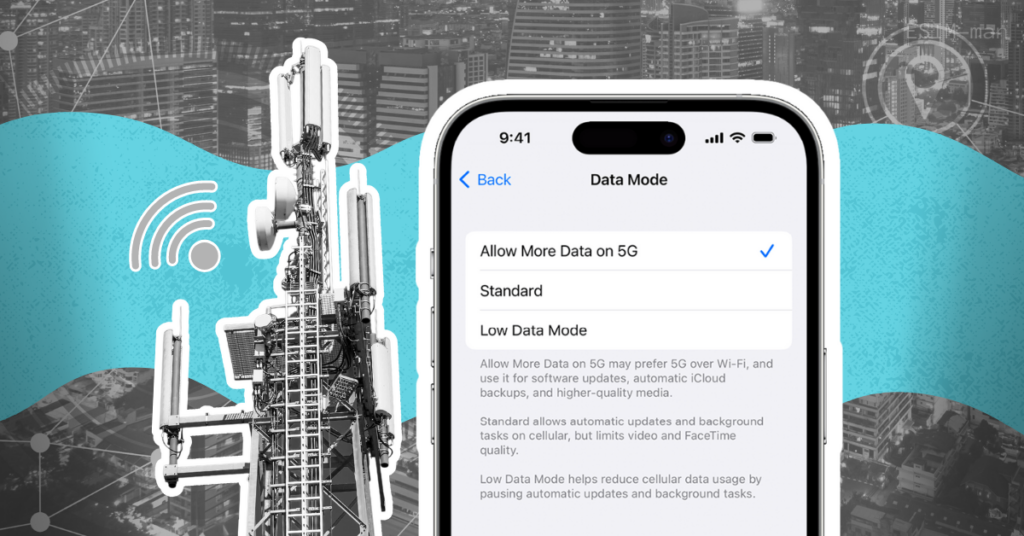Table of Contents
5G technology has appeared recently; not all people understand how it works yet. In general, given technology comes with features like high speed, ultra-low latency, increased web bandwidth, less interference, and excellent reliability. It provides a maximum data transfer rate of up to 20 Gbit/s. To date, 5G has been deployed in about 34 countries, and this amount continues to grow.
For more details about what it is and how it works with eSIM, we described below in our article.
What is 5G and How Does It Differ From 4G
So, the 5G mobile option, what is it? This is the fifth generation of mobile webs operating based on telecom standards (5G/IMT — 2020). The network’s first commercial stations were launched in October 2018. At that time, Verizon launched the latest 5G network in four US cities (Houston, Indianapolis, Los Angeles, and Sacramento). Today, given networks are being launched worldwide.
What is 5G device? These smartphones are of a standard type that can connect to 5G network lines. For the phone to support 5G, its processor must be compatible with 5G.

Below we have collected several models of processors from various makers that are compatible with 5G:
- Snapdragon mobile platforms — Snapdragon 865 model, Snapdragon 865 Plus version, Snapdragon 855, X60, and others;
- Apple — A14 Bionic mobile chip;
- Huawei — HiSilicon Kirin 980, 990, 9000 chipsets;
- Samsung — Exynos 9820, 9825, 990 mobile processors;
- Mediatek — Dimension 1000, 800, 700 Series, etc.
By the way, the cheapest 5 G mobile gadget, for now, is the RealMe-V3 (its average price is only $150).
Benefits of 5G Technology
How does 5G work and what is the difference between given technology and 4G? Take a look at the main advantages of the latest cellular system, and you will understand for yourself:
- Speed. Number one advantage of 5G is its fantastic data transfer speed. Hardware makers promise us no less than 100-1000 Mbps on average! As you know, this is several times higher than in 4G with its 40-80 Mbit/s transmission level;
- Latency rates. The second positive feature is low latency. For example, in LTE, latency rates range from 20-40 ms. In 5G, this figure will be no higher than 1 ms. This will give a new impetus to the development of advanced technologies for self-driving cars and virtual reality;
- Coverage map. Another obvious benefit is the support of millions of devices per square kilometer. The existing 3G and 4G networks are overcrowded and can no longer cope with the current load. Therefore, when creating 5G, it was possible to simultaneously serve not thousands of subscribers, as in 4G, but hundreds of thousands and even millions of devices;
- Mobility. High-speed highways appear every day, and so a great number of fast-moving users is also increasing. 4G webs can operate at speeds up to 200 km/h. How does 5G work in general? It offers high-speed internet access up to 500 km/h. This makes it possible to use cellular networks even on the fastest railways;
- Minimal consumption of power. Today, no one will be surprised by smartphones’ 5000 and 6000 mAh batteries. Soon they will catch up with vehicle batteries.
But even such a large stock does not allow phones to last more than 1-2 days without recharging. Not the last place in the rapid discharge is occupied by high energy consumption for data transmission. The 5G standard promises its users 100 times lower energy consumption per data transfer volume than 4G.
How to check if my phone supports this Technology
One of the easiest ways to check if your mobile device supports a 5G system is to look at its technical specs online. Open the corresponding website with a detailed description of your particular smartphone to discover information about the networks your gadget supports.
Remember, you should trust only the official sources of information. The easiest way is to go to the official website of your device maker. Thus, you will discover full descriptions of your phone functionality.
Does eSIM support 5G technology?
What is an eSIM card and how does it work today? This new generation virtual module eSIM functions precisely like a regular plastic mobile card, except that it is less than half the size of a nano-module and is embedded into gadgets. So, given digital chips can run remotely and people easily switch between nets. The expansion of eSIM services has paved the way for telecom carriers to expand their cellular services and independent eSIM service vendors. The 5G eSIM service brings us absolute freedom to move between webs quickly.

Top providers already offer customized eSIM plans with 5G network connectivity features. In 2023, many mobile operators will offer eSIM services with this technology. In some situations, there may be restrictions – for example, the subscriber will have to choose a premium tariff plan.
Related: “Advantages Of Using An E-SIM Supported Phone“
The given mobile net standard is only compatible with 5G-enabled devices supporting eSIM, including some Samsung S20, Fold, and Flip versions and some Huawei P40 gadgets. Also, Samsung has the industry’s most extensive collection of 5G eSIM-enabled devices, followed by Huawei and Motorola. Apple and Google were the last to introduce the 5G standard into their products.
Summary
The eSIM and 5G combination opens up new prospects for effective communication. From now on, a person can switch between cellular telecom options in a few seconds without visiting a store or replacing a physical SIM chip. Besides, thanks to its coverage map, Internet has become available everywhere!






